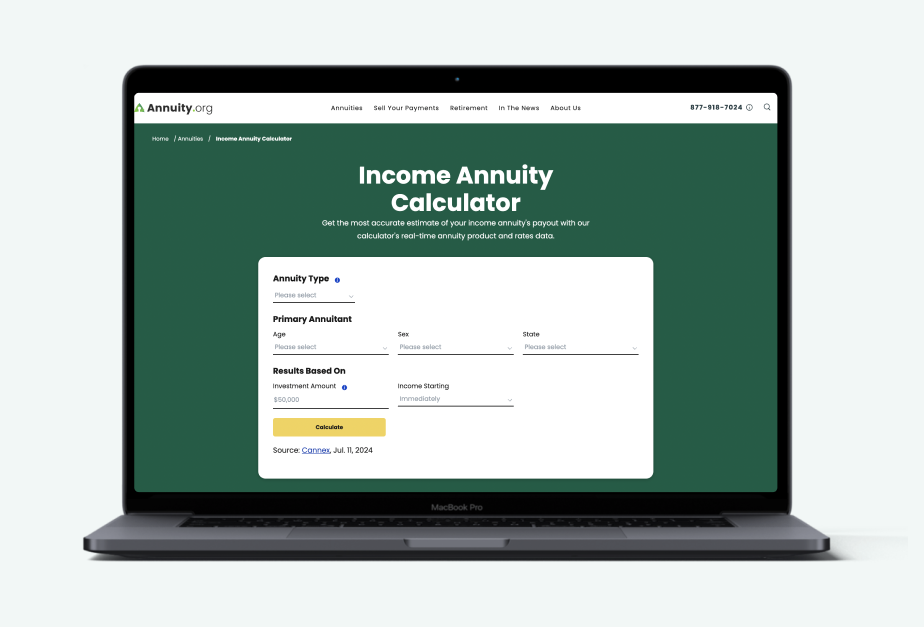Editor’s note: This article has been updated on November 3, 2025 to ensure accuracy and reflect the most current information available.
With paychecks delayed and bills due, financial experts explain how to handle your Thrift Savings Plan, and what not to do if and when cash gets tight.
When the government grinds to a halt, so do the paychecks of hundreds of thousands of federal workers. But one mechanism that doesn’t stop is their retirement plan.
The Thrift Savings Plan (TSP), the federal government’s version of a 401(k), remains operational during a shutdown, as do the underlying funds that manage TSP user proceeds. Those funds are doing well. As of September 30, the year-to-date returns of the five core TSP funds stand as follows:
— G Fund: 3.34%
— F Fund: 6.14%
— C Fund: 14.80%
— S Fund: 11.18%
— I Fund: 25.34%
That’s good news for anxious workers in the Washington, D.C., Maryland, and Virginia region, where many are facing temporary furloughs or layoffs and are wondering whether their TSP can help them get through a difficult time period.
A Closer Look
In good times and bad, the Thrift Savings Plan operates as a long-term savings vehicle for US federal government workers.
“The TSP is the federal government’s version of a 401(k),” says Kurt Altrichter, president of Ivory Hill in Minneapolis, Minn. “It allows federal employees and uniformed service members to contribute pre-tax dollars toward retirement, with the government matching up to 5% of pay. Simplicity is its superpower, with limited investment choices, ultra-low fees, and long-term efficiency.”
Participants can invest in a small lineup of index funds covering U.S. stocks, international stocks, bonds, and government securities, or choose target-date “Lifecycle Funds” that automatically become more conservative as they approach retirement, Altrichter added.
Is the TSP Still Operating During the Shutdown?
On the upside, even as Washington D.C. has gone dark in the first few weeks of October, the TSP keeps the lights on.
“The TSP operates independently of the federal budget, so even when Washington shuts down, your account doesn’t,” Altrichter explains. “Federal employees can still access their accounts, make allocation changes, or request distributions.”
That’s primarily because the TSP is not funded through appropriations and is currently operating as it usually does, according to the Federal Retirement Thrift Investment Board (FRTIB), which administers the Thrift Savings Plan (TSP)
If Federal Workers Are Strapped for Cash
For furloughed employees, the first instinct may be to tap retirement savings. Experts say that’s usually a mistake.
“Think of your TSP as a last-resort lifeline, not a checking account,” says Altrichter. “Tap emergency savings first, cut expenses second, and call your creditors before touching retirement funds. Once you withdraw, those tax advantages are gone for good.”
Additionally, the government shutdown doesn’t prevent plan participants from requesting a new TSP loan. “The established eligibility requirements continue to apply,” FRTIB reported.
The Right Way To Access TSP Funds
For government staffers who feel they have no other option, TSP experts recommend taking a program loan rather than a hardship withdrawal, but only if they’re still on Uncle Sam’s payroll.
“A TSP loan is fast and avoids taxes and penalties,” says Ilir Salihi, founder at IncomeInsider.org. “You repay yourself via payroll deductions, so you’re not losing the money permanently. But if you leave federal service before paying it off, the unpaid balance becomes taxable.”
By contrast, hardship withdrawals can be costly, as they’re taxable income, often carry a 10% early-withdrawal penalty, and can derail years of retirement growth. “A hardship withdrawal should be an absolute last resort,” Salihi added.
Possible Policy Relief Ahead
Even though Congress remains in shutdown mode as of mid-October, some legislative actions can be implemented when the shutdown ends, and policy options are back on the negotiating table.
A case in point. A new Democrat-sponsored bill in Congress would allow furloughed federal employees to withdraw up to $30,000 from their TSPs without penalty. Even so, plan experts aren’t exactly optimistic about its future. “It’s a well-intentioned idea, but I’m doubtful it will pass soon,” Salihi said.
Hold the Line, Experts Advise
Keeping a cool head isn’t easy when mortgage payments and grocery bills pile up. Yet that mindset is in a federal employee’s best interest, as the long-term cost of panic withdrawals can be devastating.
“Hold your nerve,” advised Ryan Derks, principal at Missouri-based Derks Financial. “Don’t raid the nest, as panic withdrawals are the taxman’s feast. The storm will pass, but your retirement might not recover.”
Taking the long view may be a worker’s best option, as the TSP remains a reliable retirement plan over the long haul. Even amid a government shutdown, the system is designed to weather the storm if workers resist the urge to treat it as an emergency fund.
“Your TSP’s simplicity is its strength,” Altrichter advised. “Protect it now, and it’ll protect you later.”





